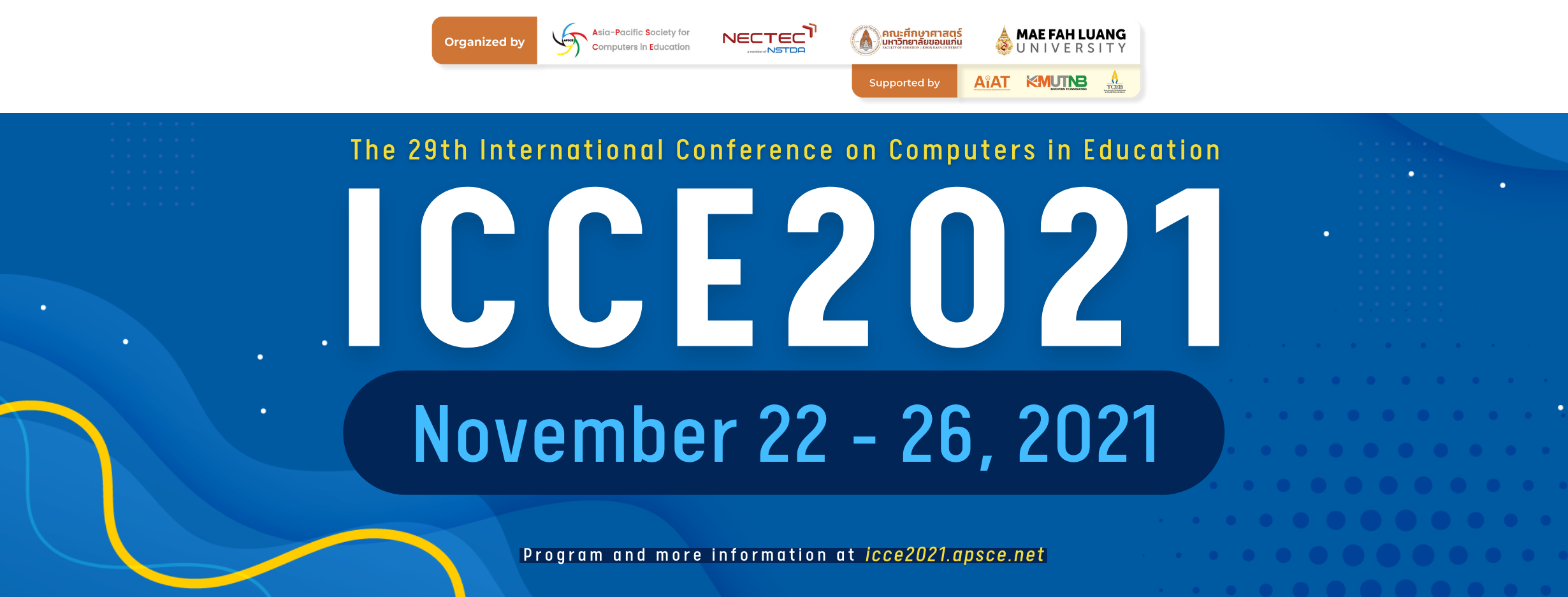Teacher Enaction: Modeling How Teachers Build New Mechanism Concepts in Students’ Minds
Abstract
Science teaching requires enabling students to form, and build on, new mechanism concepts, in association with standardised formal terms in the textbook. These dynamic concepts are taught by the teacher through a combination of moves, including narratives, gestures, diagrams, and evaluative procedures such as questions and exams. Students’ mechanism concepts are generated and refined as a result of this enactive process, along with the association of these concepts with formal terminology. The formal terms allow later activation of specific parts of the mechanism. The cognitive processes underlying this extended building, where detailed and componential mechanism concepts are created in other minds, are not known. We present a preliminary account of this process, based on an analysis of teacher -student interactions. This account adapts constructs from two enactive cognition models – embodied simulation of language, and embodied simulation of others’ mental states.Downloads
Download data is not yet available.
Downloads
Published
2021-11-22
Conference Proceedings Volume
Section
Articles
How to Cite
Teacher Enaction: Modeling How Teachers Build New Mechanism Concepts in Students’ Minds. (2021). International Conference on Computers in Education. https://library.apsce.net/index.php/ICCE/article/view/4258


